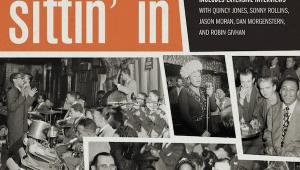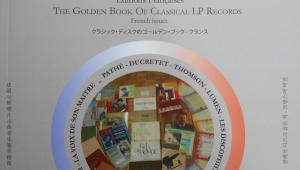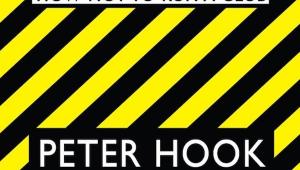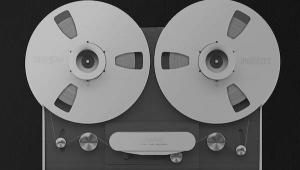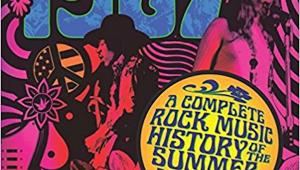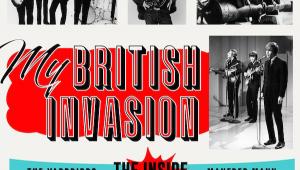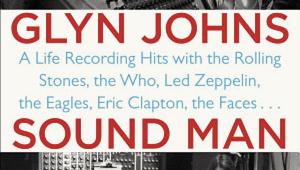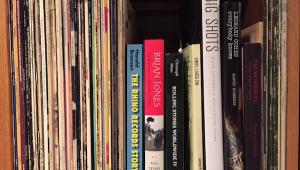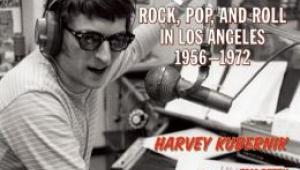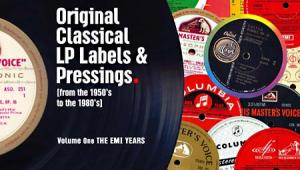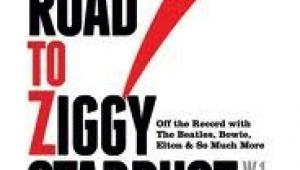PS Audio CEO Paul McGowan’s The Audiophile’s Guide Enlightens Junior Audiophiles
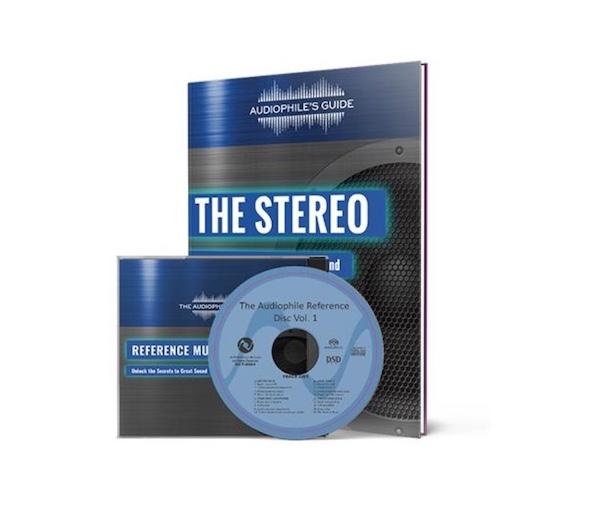
Audiophiles ready their wallets this holiday season, over eagerly making the next audio purchase as the sweet year-end dough rolls in; it’s upgrade season, and it’s truly the most wonderful time of the year. Still, no matter the sales or financing options, products cost hard-earned, savable money. Sometimes the best and most useful things cost very little.
That’s certainly the case with PS Audio CEO Paul McGowan’s The Audiophile’s Guide, a 210 page book plus reference SACD costing $87 USD. The book and SACD combo emphasize speaker placement’s importance and demonstrate exactly why every audio enthusiast needs both guidance and proper reference material. As I found out, you can use the SACD’s reference recordings to adjust speaker placement until you’ve driven the family insane.
The Audiophile’s Guide is more process than product. The included 210 page book—its large font matching its larger footprint—marks the process’s starting point. On the front cover, the book promises it’ll “unlock the secrets to great sound,” which through providing detailed speaker placement adjustment instructions it does—though it’ll require rigorous and critical listening. This isn’t all the book contains; it also teaches stereophonic sound’s general history, budgeting advice, equipment selection advice, room selection and treatment tips, an especially helpful glossary that defines numerous audiophile terms, and lastly, a superbly-curated reference recordings list.
You needn’t read all the book’s chapters, though it’s recommended as within its pages are fun anecdotes, diagrams (courtesy of James Whitworth), and vital information that aids you or at least entertains you in this process’s second step: listening.
Listeners will require a functioning CD player, though an SACD player is the better option, with PS Audio’s PerfectWave SACD Transport proving itself the best option as it, unlike other players, decodes the reference disc’s raw DSD layer, sending it via I2S bus into PS Audio’s DAC.
All disc playback options (CD, SACD, DSD) are equally effective for using it to properly place loudspeakers, and this set shouldn’t provoke a new disc player’s purchase—unless you don’t own one. The reference disc begins with simple checks; tracks 1, 2 and 3 identify the right/left channels and the phantom center channel, which even before adjustments should appear between the speakers. Tracks 4, 5 and 6 check speaker polarity with PS Audio’s head speaker designer, Chris Brunhaver playing his upright bass recorded both in and out of phase.
These initial and very basic set up stages involving only checking wire connections can be tedious and unexciting, though crucial. Ignore these steps can result in everything quickly falling apart if you’ve made a mistake.
Track 7 is the point at which the reference disc demands close attention. Here, Chris Brunhaver plays through his upright bass’s range, each note identically levelled. If certain notes appear louder than others, change your seat placement between the listening room’s front and back walls until all bass notes sound smooth and even.
Track 8 tests the system’s decay in the room through a brief piano interlude that after the final notes slowly melts into silence. If it doesn’t, consider different equipment or at least evaluate the listening environment.
Track 9, an incredibly important track, features a lone female vocalist. Ideally, the vocalist should sound timbrally correct, neither too “fat” nor too “thin.” The corrective measure consists solely of adjusting the distance between the left and right loudspeaker. Nailing this adjustment especially pays off. The more believable the vocalist’s tone, the more believable your best recordings will sound.
Track 10 adds instrumental backing to track 9’s vocalist, ideally without cloaking the vocalist. If the instruments cover her, adjust the “toe-in” (angle at which each loudspeaker points to the listener) until the vocals and instruments seem balanced.
Tracks 11, 12 and 13 were recorded to place vocalists 3’, 6’ and 9’ behind the loudspeakers. Having fine-tuned the toe-in on track 10, the next 3 serve as further adjustment tools. Less toe-in improves soundstage depth, but as before, added depth shouldn’t be at the expense of the center image’s proper size and solid focus.
Locating the loudspeakers towards the back wall behind the listener can, to some extent, aid soundstage depth. Balancing toe-in and loudspeaker to front wall distance concludes the listening and adjusting stage. The more time spent nitpicking, the better the system performs.
Tracks 14-19 are audiophile treats, sublime recordings bordering on real-life performances. 20 is a “burn-in” track intended to get the drivers up and moving. PS Audio advises you approach this track with caution. Driver damage can occur if it’s played too loudly.
Book read, speakers repositioned, music truly does “come alive like the performers are right in front of you.” I received my copy of The Audiophile’s Guide while reviewing ELAC’s Uni-Fi 2.0 UB52 bookshelf loudspeakers. Initially, the loudspeakers sounded dull, lifeless, and tonally catastrophic.
After making use of the The Audiophile’s Guide’s speaker placement suggestions, the loudspeakers shone. Music that was uninteresting and two-dimensional became three-dimensional, lifelike, and entirely believable. The Audiophile’s Guide’s text and CD provided set-up guidance that when carefully used created incredible soundstage width and depth that extended well beyond the room’s physical constraints.
Without recommendations from The Audiophile’s Guide—both the book and the reference SACD—I’d have never considered moving the loudspeakers a few more feet apart. Doing so corrected the timbral balance of familiar recordings that sounded particularly tubby and faux. Overall, with help from The Audiophile’s Guide music went from “in the room” to beyond the listening room’s dimensions. The presentation went from clearly “canned” to seemingly “real”.
For the lazy audiophile looking for a sonic improvement, expensive system upgrades—especially of electronics—are an easy out. Before doing that why not optimize your current set up using an effective tool like The Audiophile’s Guide? It may be all you need to achieve sought after sonic satisfaction.
That proved to be the case with the reviewed ELAC speakers, taking them from sounding lackluster to stellar (PS Audio product line pun intended).
The best things aren’t always the most expensive. Our money can’t do all the work. I found that by rolling up my sleeves and setting aside a day or two and getting picky with placement—aided by The Audiophile Guide I was able to greatly improve the sound of the speakers I was reviewing and thus the entire system’s sound.
Whether you do it with The Audiophile’s Guide bundle or already on-hand recordings, you will thank yourself for making the effort—especially if your speakers are easy to move!
(Nathan Zeller is a 17 year-old Beatles fanatic and budding audiophile found in Western Canada. Currently, he’s using his school break to catch up on reviews. Diploma studying can wait, right?)
